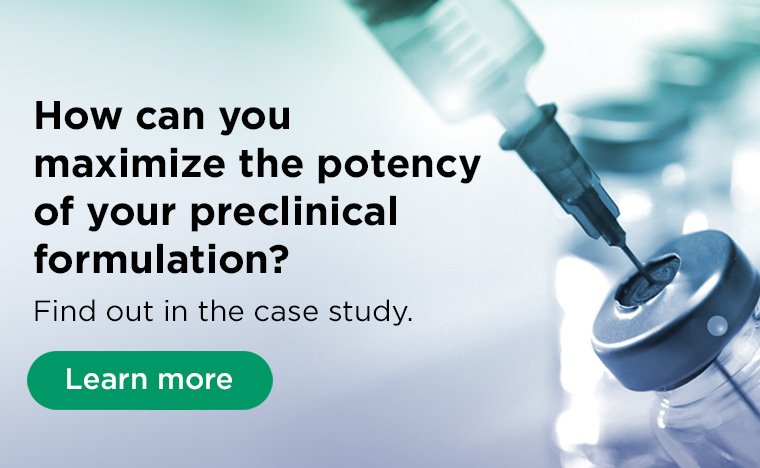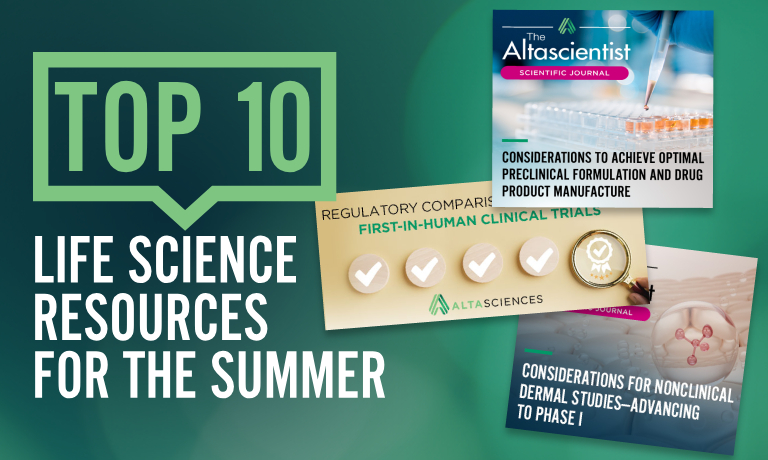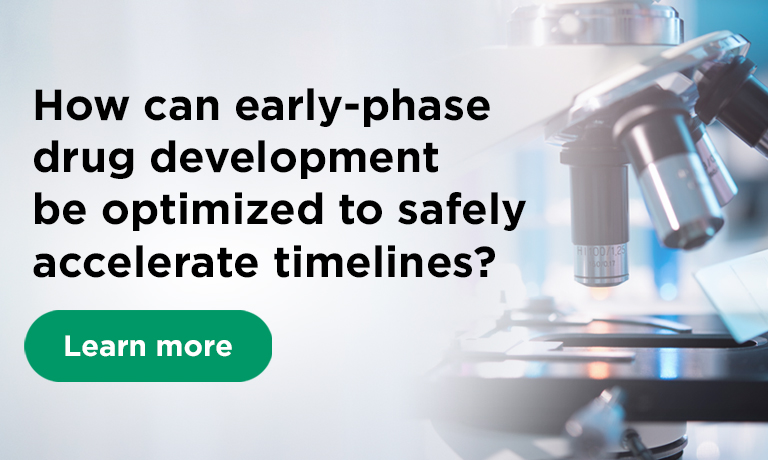Liquid-Filled Capsules: An Attractive, Marketable Solution
A Scalable Solution for Solubility Challenges
Poorly soluble molecules comprise more than 70% to as much as 90%, as of 2024,1 of the small molecule products entering the drug development pipeline today, thanks to updated screening methods and bioavailability enhancements. Since poorly soluble drugs are difficult to formulate as tablets, formulation scientists are looking to two-piece, liquid-filled hard-shell capsules as a solution.
Although the main advantage of liquid-filled, hard-shell capsules is the capacity to formulate compounds with poor solubility, this is not their only attractive feature. Liquid-filled capsules can be rapidly developed and tested, moving your product quickly from R&D to the clinic. Different dosages can be manufactured on the same specifications by easily adjusting the amount of active ingredient. And when it’s time to go to market, the scale-up of the manufacturing process for commercialization is straightforward.

Why Liquid-Filled, Hard-Shell Capsules?
Liquid-filled, hard-shell capsules were introduced in the early 1980s, as an alternative to softgels. Their advantages include ease of scalability and manufacturing, ease of packaging, and high product stability. Most importantly, unlike softgels, hard-shell gelatin capsules offer the possibility of combination filling. Drugs can be encapsulated in the form of beads, micro tablets, and pellets, in combination with the liquid formulation. In this way, you can incorporate multiple previously incompatible drugs in a single capsule, in a formulation that is effective, stable, and esthetically pleasing to consumers.
Because of these qualities, liquid-filled hard capsules offer a great opportunity for line extensions, and brand differentiation, in the competitive pharma market. Liquid-filled capsules are an ideal option for reintroducing existing products in a new format to revitalize the brand. Reformulating for faster onset of action, or better efficacy, or to combine two existing active pharmaceutical ingredients (APIs) (APIs) into a new drug product, are all opportunities to get more mileage out of existing molecules.
Hard-Shell Capsule Options
Gelatin, largely sourced from collagen, is the base material for the shell matrix of liquid-filled capsules. Vegetarian options include a polymer, such as hydroxypropyl methylcellulose (HPMC), potato starch, and carrageenan from seaweed. The gelatin used for liquid-filled capsules has a bloom strength of approximately 220–280 for hard capsules, versus 150–200 for soft gels.
A liquid drug formulation filled in hard gelatin capsule requires excipients, such as lipophilic liquid or semisolid vehicles, solubilizing agents, surfactants, and emulsifying agents. When it comes to formulation development and manufacturing, liquid-filled, hard capsules provide numerous benefits:
- use of excipients with higher melting points when using HPMC capsules
- improved content uniformity of low-dose active and potent compounds
- enhanced stability
- lower moisture content
- less gas transmission
- improved bioavailability
Drugs ideally suited to liquid-filled capsules are those with poor water solubility and bioavailability, with low melting points, potent drugs, hot liquids, and where a sustained-release drug profile is desirable.
Band Sealing
Once the capsule is filled, it is sealed to avoid leaks or tampering. One method of sealing involves banding the cap-body joint with a layer of gelatin, and another option uses a hydro-alcoholic fusion process. Band sealing is a preferred option at Altasciences for several reasons:
- does not require elemental impurities testing as there is no addition of alcohol
- faster commercial equipment is available for band sealing
- band seals provide tamper evidence for over-the-counter drugs
- unique marketing/brand differentiation options are available through choice of band color
A Complete, Attractive Solution
Liquid-filled, hard-shell capsules have the potential to transform formulation challenges into simple solutions. They offer a highly marketable dosage form due to their capability to encapsulate different combinations of tablets, pellets, caplets, and capsules in liquid. Last but not least, they offer patient benefits with increased bioavailability and sustained release drug delivery.



